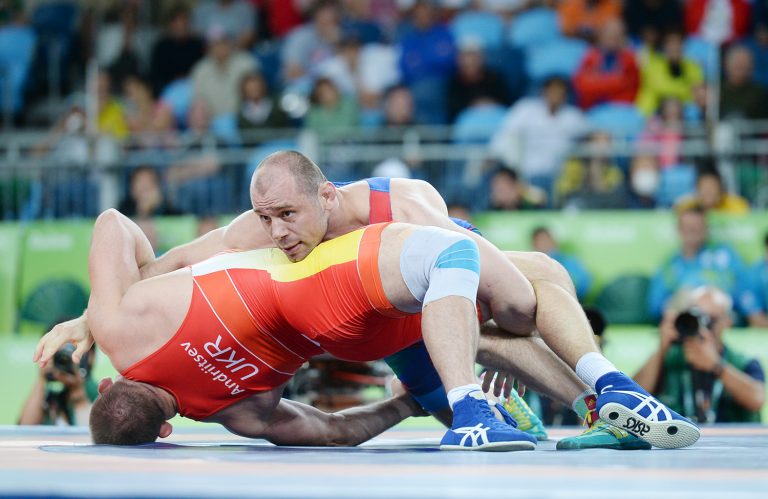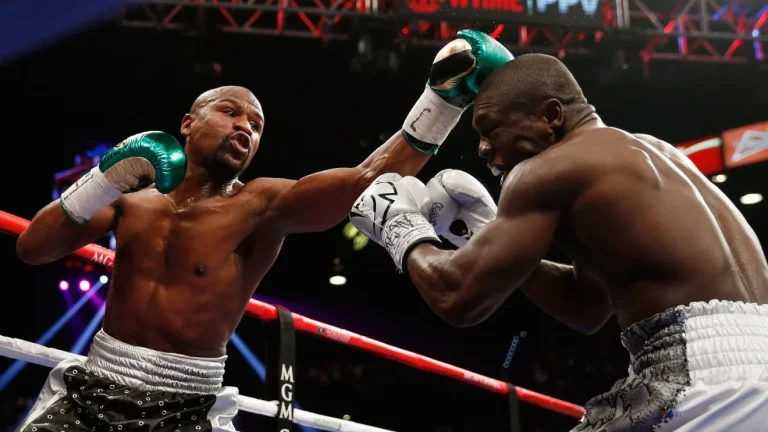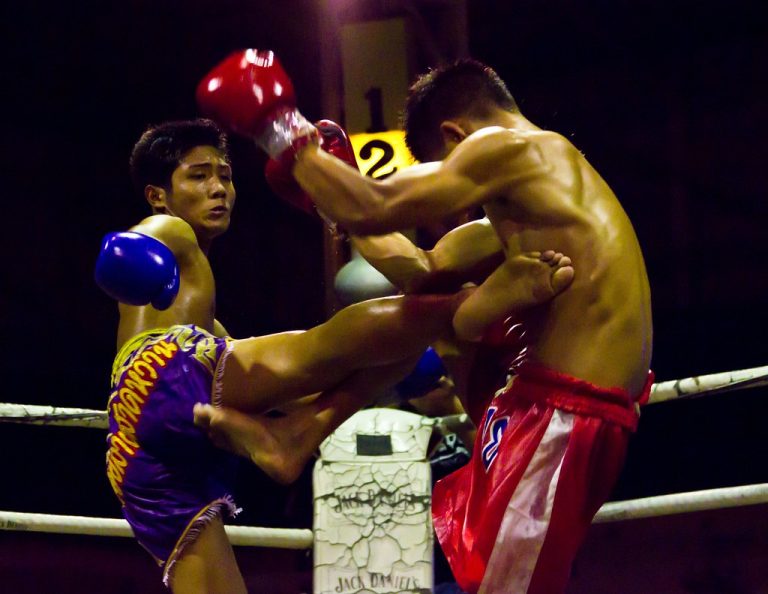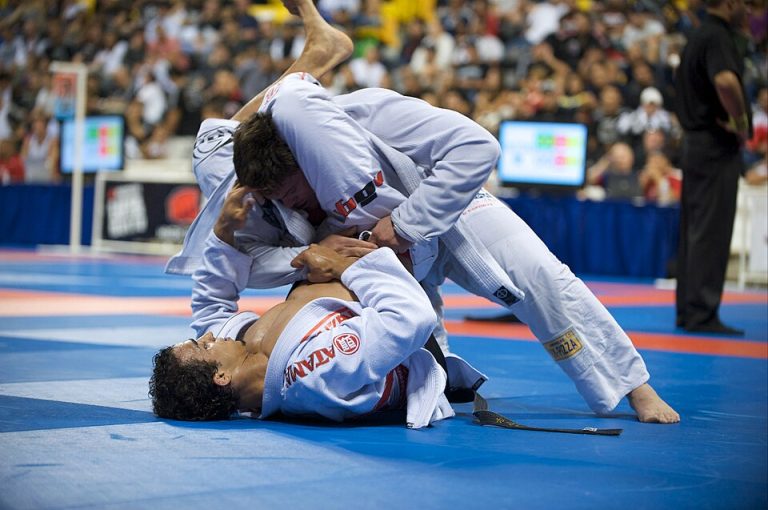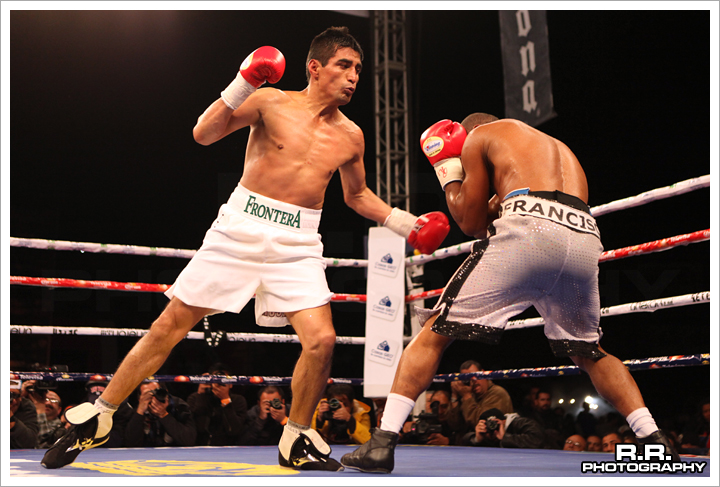
There’s almost a Brazilian Jiu-Jitsu school around every corner these days, so you have plenty of options to choose from if you’re looking for somewhere to train. Every BJJ school claims to be the best, so how do you decide which one is best for you?
This article will go over some of the most important things you should be looking at if you’re evaluating Brazilian Jiu-Jitsu dojos to train.
Seven Things to Consider When Choosing a Brazilian Jiu-Jitsu School
Some of the things you should evaluate when choosing a BJJ school include:
1) Distance From Home or Work
One of the first things you should consider when choosing a Brazilian Jiu-Jitsu school is how far it is from your job or home. Ideally, you want somewhere close to at least one of these locations, so going to the dojo won’t be out of your way.
The farther you have to travel to get to a gym, the more likely you are to skip classes. Ideally, you want a gym no more than ten minutes from one of these locations.
2) The School’s Reputation
You should also consider the reputation of each school you evaluate and its instructors. The more reputable a school is, the more accountable they are for their practices. Read reviews on search engines like Google and talk to people who have trained there, if possible.
You also want to evaluate the competency of the instructors at each school you evaluate. A dojo with black belt instructors who have won world championships is better than one with blue and purple belts instructing classes.
Ideally, you want to train with BJJ players with lots of competition experience and accolades. That way, you know you’re getting quality instruction. Brazilian Jiu-Jitsu instructors take their reputations seriously, and you represent them as their students.
Look at it this way: would you rather tap out a Royce Gracie student or someone with an unknown instructor? We all understand the prestige of the Gracie name, so you can be sure any student trained by Royce Gracie would be a force to be reckoned with.
3) Facilities
Finding a dojo with all the necessary facilities is as important as finding one with competent instructors. Each student has unique needs, so it’s up to you to determine if a gym has everything you need. For example, if your dojo is closer to your job than your home, you probably want one that has locker rooms and showers so you can wash up before heading to work.
You should also evaluate what type of training equipment each gym has. Some BJJ dojos have almost all the equipment you would find in a gym, while others don’t have any training equipment. If you’re into resistance training, you’re probably better off with a dojo with some weightlifting equipment. That way, you don’t need to pay extra for a gym membership or drive to a new location to pump some iron.
Most importantly, you should also evaluate the mats in each dojo and their protocol for sanitizing them to protect students against skin infections.
4) Class Structure and Size
The size and structure of each school’s class is something else you should consider when evaluating Brazilian Jiu-Jitsu schools. The ideal class size for most people is somewhere between 15 to 30 students. Having too few students in a class limits the looks you get, while having too many students limits your opportunities to get direct feedback from your instructor.
You should also evaluate how each class is structured to determine what works best for you. For example, some BJJ classes focus more on learning techniques with limited time for rolling, while others allocate up to an hour for rolling after class. Also, some schools perform BJJ drills before classes, like shrimping, bear walks, and wheelbarrows, while others ignore such drills. Most dojos offer free introductory classes, so use them to assess how each school conducts its classes.
Some BJJ schools focus on preparing their students for competitions, while others focus on self-defense, so you want to assess each school’s philosophy. Ideally, you also want to find a school with Gi and No-Gi classes.
5) Advanced Students
The rank of students at a dojo tells you something about the quality of instruction. A gym with a few black belts, some brown belts, and many purple belts is a sign of competent instructors who can retain students long-term. It’s also a sign that the dojo has been around for some time since it takes years to reach purple, brown, and black belt levels.
Having students with varying skill levels gives you a wider range of looks when you train. Rolling with advanced students improves your defense, while you get to work your offense when rolling with equally skilled or less skilled training partners.
A Brazilian Jiu-Jitsu dojo with nothing but white belts might have a toxic culture that prevents them from retaining students, or it might be new.
6) Class Schedule
How a school schedules its classes is another crucial thing to go over when selecting a place to train. Some schools only have classes once daily, while others have morning, afternoon, and evening classes. Ideally, you want a dojo with classes available at the best times to train.
Generally speaking, the bigger a BJJ school is, the more classes they have scheduled throughout the day. There’s no ideal time to train BJJ. The best time to train comes down to factors like your personality and work/school schedule. For example, you might be better off training early if you’re a morning person.
The ideal dojo should also have enough classes that you can still get some training done if you miss a session. That way, if something comes up during the time you usually reserve for training, you can still train later in the day.
7) Budget
You’ll have to pay gym fees if you plan to train BJJ, so you need to find a dojo you can afford. The best schools typically charge the most, but that doesn’t mean you should overstretch yourself if you can’t afford their classes. You might find a cheaper school that also provides quality instruction. You should also consider how much your Gi, rash guards, and No-Gi shorts will cost.
Read more:
5 Reasons Why Sambo Might be the Best Martial Art for Self-Defense
8 Things to Consider When Buying a Punching Bag
What’s Next for Israel Adesanya Following his KO of Alex Pereira?
How Training with a Gi Improves Your BJJ GameBest Martial Arts for People Who Want to Learn How to Fight


